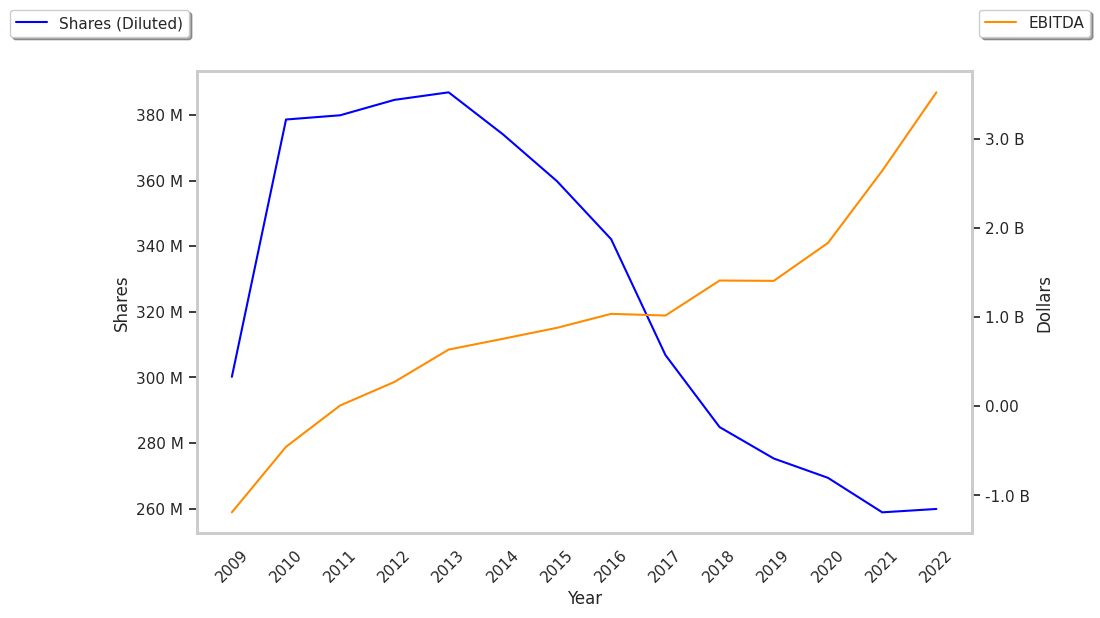One of Wall Street's biggest winners of the day is Pulte, a residential construction company whose shares have climbed 5.8% to a price of $130.52 -- near its average analyst target price of $135.85.
The average analyst rating for the stock is buy. PHM may have outstripped the S&P 500 index by 6.0% so far today, but it has lagged behind the index by 17.0% over the last year, returning 1.2%.
PulteGroup, Inc., through its subsidiaries, engages in the homebuilding business in the United States. The company is a consumer cyclical company, whose sales figures depend on discretionary income levels in its consumer base. For this reason, consumer cyclical companies have better sales and stock performance during periods of economic growth, when consumers have more of an incentive to spend their money on non-essential items.
Pulte's trailing 12 month P/E ratio is 9.8, based on its trailing EPS of $13.36. The company has a forward P/E ratio of 11.3 according to its forward EPS of $13.5 -- which is an estimate of what its earnings will look like in the next quarter.
The P/E ratio is the company's share price divided by its earnings per share. In other words, it represents how much investors are willing to spend for each dollar of the company's earnings (revenues minus the cost of goods sold, taxes, and overhead). As of the third quarter of 2024, the consumer discretionary sector has an average P/E ratio of 20.93, and the average for the S&P 500 is 29.3.
Pulte's financial viability can also be assessed through a review of its free cash flow trends. Free cash flow refers to the company's operating cash flows minus its capital expenditures, which are expenses related to the maintenance of fixed assets such as land, infrastructure, and equipment. Over the last four years, the trends have been as follows:
| Date Reported | Cash Flow from Operations ($ k) | Capital expenditures ($ k) | Free Cash Flow ($ k) | YoY Growth (%) |
|---|---|---|---|---|
| 2024 | 1,680,794 | 118,545 | 1,562,249 | -25.77 |
| 2023 | 2,196,762 | 92,201 | 2,104,561 | 278.65 |
| 2022 | 668,466 | 112,661 | 555,805 | -40.32 |
| 2021 | 1,004,021 | 72,781 | 931,240 | -46.05 |
| 2020 | 1,784,342 | 58,354 | 1,725,988 | 69.57 |
| 2019 | 1,076,002 | 58,119 | 1,017,883 |
- Average free cash flow: $1.32 Billion
- Average free cash flown growth rate: 2.6 %
- Coefficient of variability (lower numbers indicating more stability): 0.0 %
With its positive cash flow, the company can not only re-invest in its business, it can offer regular returns to its equity investors in the form of dividends. Over the last 12 months, investors in PHM have received an annualized dividend yield of 0.7% on their capital.
Value investors often analyze stocks through the lens of its Price to Book (P/B) Ratio (market value divided by book value). The book value refers to the present value of the company if the company were to sell off all of its assets and pay all of its debts today - a number whose value may differ significantly depending on the accounting method.
Pulte has a P/B ratio of 2.05. This indicates that the market value of the company exceeds its book value by a factor of more than 2, but is still below the average P/B ratio of the Consumer Discretionary sector, which stood at 2.93 as of the third quarter of 2024.
Pulte is by most measures fairly valued because it has a Very low P/E ratio, a lower P/B ratio than its sector average, and generally positive cash flows with a flat trend. The stock has strong growth indicators because it has a a PEG ratio of less than 1 and strong net margins with a positive growth rate. We hope you enjoyed this overview of PHM's fundamentals.



